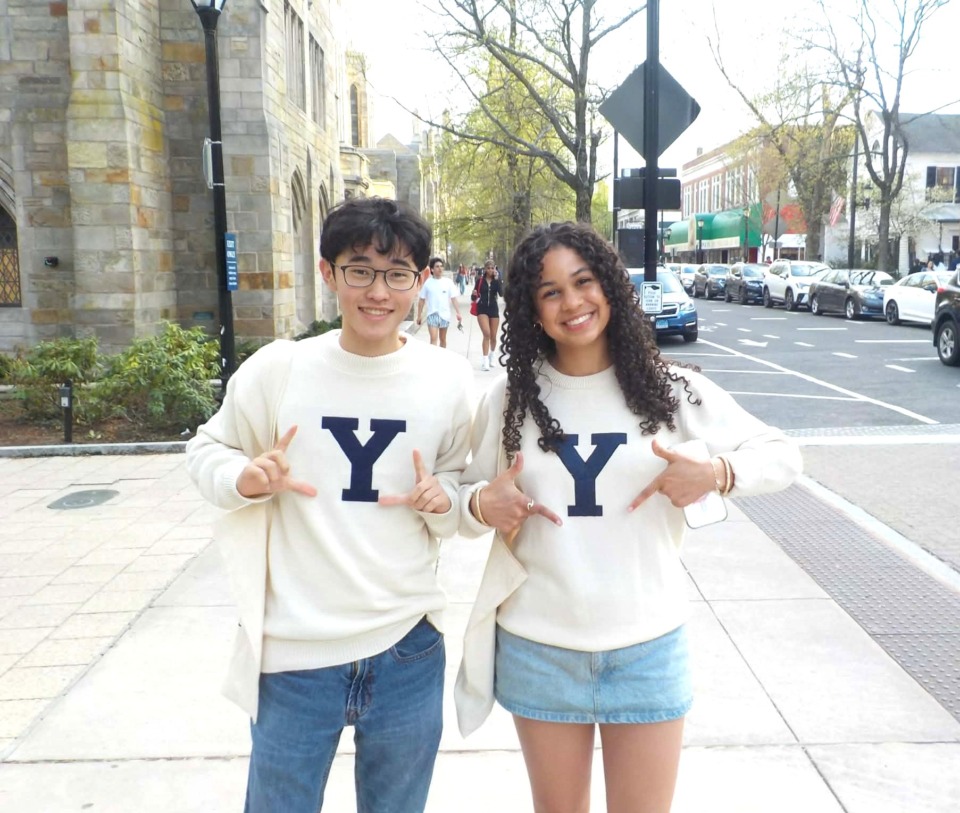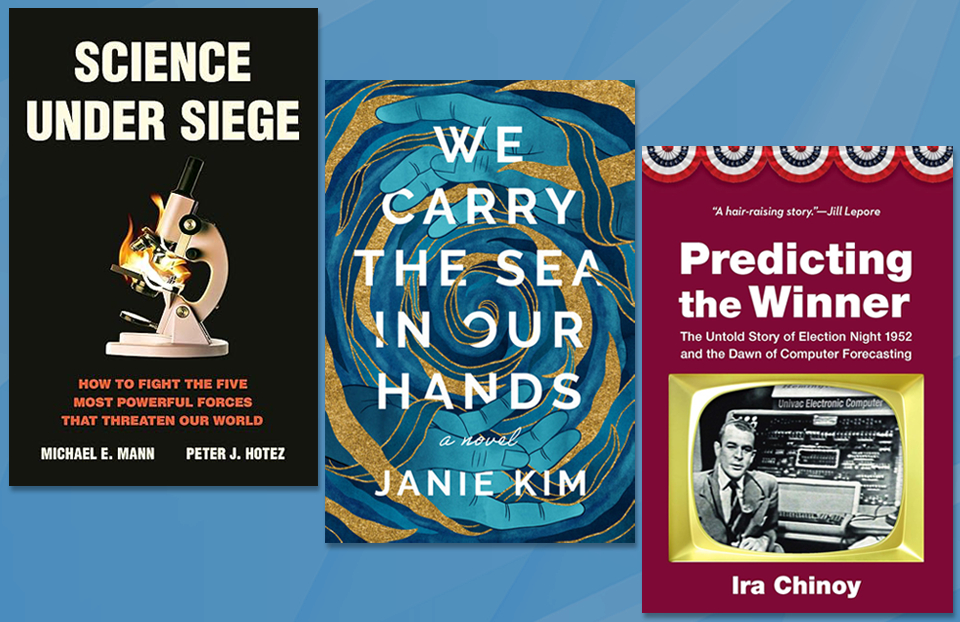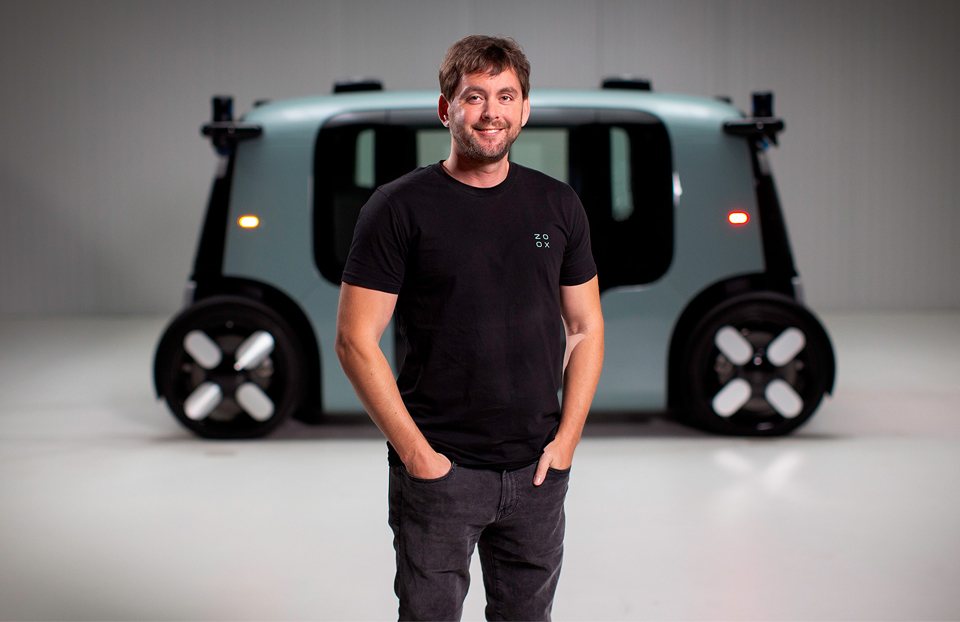Alumni, ISEF, Science Talent Search
Bringing computer science to middle school girls
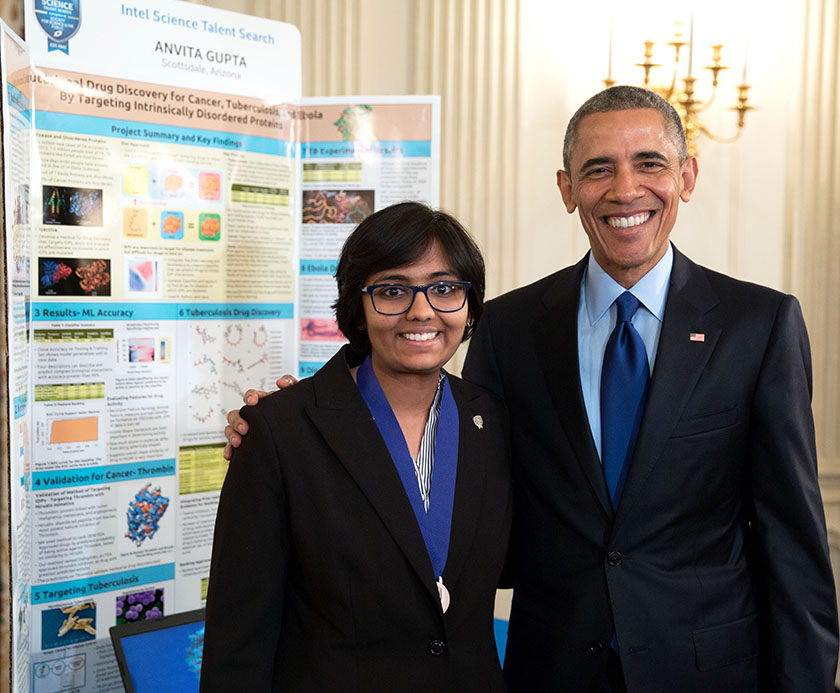
Intel STS 2015 and Intel ISEF 2013 alumna Anvita Gupta recently founded a program that encourages middle school girls to study computer science. The program, LITAS For Girls, introduces girls to coding and programming.
LITAS For Girls recently held its first Technology Showcase, where the LITAS girls presented their coding projects in Phoenix, Arizona. Anvita said this program can boost middle school girls’ confidence and encourage them to stick with STEM.
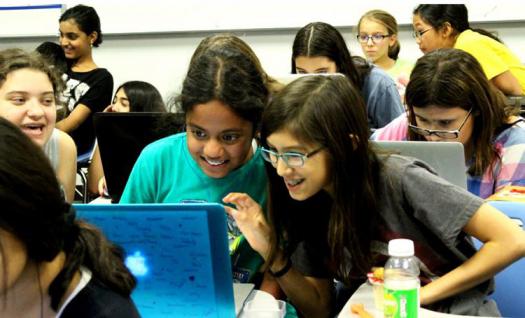
Why did you found LITAS For Girls (LITAS)?
I founded LITAS For Girls after I saw 3/4 of the girls and 1/4 of the boys drop out of my AP Computer Science Class. I was shocked because the girls dropping out had higher grades than the boys who stayed in the class! I thought maybe if I could introduce girls to computer science concepts in a fun way early on in their education, and show them all the interesting things they could do with coding, then they would be invested in computer science and more likely to stick with it.
Why did you choose Alice, Bootstrap, and AppInventor for the program?
I was first introduced to computer science through a Robotics and Introductory Programming summer camp in eighth grade. I won second place in the entire camp and had a blast learning to make games and program my robot. At camp we used Alice. When I was searching for good introductory programming technology, Bootstrap looked promising because it was structured on middle school mathematical concepts and algebra. AppInventor was by far the most popular technology in my class, and I chose it for its simplicity for beginners learning to program apps and test them on Android devices.
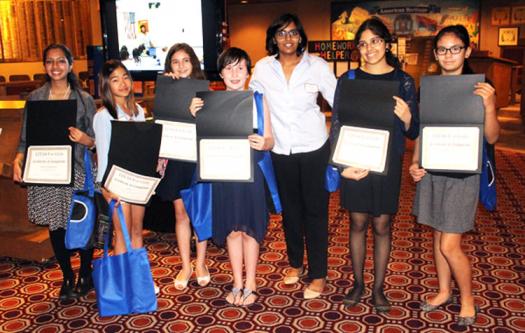
What has the response been for LITAS? What was the most challenging aspect of founding this program?
I had 40 girls sign up for the after-school program within the first week of advertising it. LITAS just hosted its first Technology Showcase, with girls from all over the Phoenix area presenting coding projects to judges and attendees from Intel, Avnet, GoDaddy, the Elks Foundation, and ASU Engineering. Around 50 people attended! The response has been tremendous, and the demand is certainly there. Parents also want their girls to learn coding, and for them to be successful in STEM. One of the most challenging aspects has been boosting the confidence levels of the girls in my program — convincing them that they should stick with computer science and learn more.
Why is it more difficult for women to pursue careers in STEM?
The trend of women dropping out of STEM is not improving. The number of women earning bachelors in computer science peaked at 1984 at 37 percent, according to NPR. In 2011, that number was at 18 percent. Some of the problem is that society encourages girls to be more critical of themselves than boys, and self-criticism makes it extremely difficult to overcome steep learning curves. Since the 1980s, the number of women majoring in computer science has been falling. In the 1980s, the personal computer came into the home, making computing more accessible. While reading Isaacson’s The Innovators this summer, I noticed that a common trait of whizzes like Robert Noyce, Steve Wozniak, and Bill Gates was that they started tinkering with computer parts and software in middle school. The personal computer was mostly marketed to and bought for boys.
This is why LITAS focuses on girls in middle school, bridging the gender gap in computer science before that gap becomes a chasm. I think another barrier for women in STEM is the lack of celebrated role models. My mother is a chemical engineer, so I grew up with her as a role model. Grace Hopper was not recognized in the Mark I computer museum until 50 years after it was built, even though she played an integral role in the computer’s development. In LITAS, I start each class with an example of a successful woman in technology — from Ada Lovelace, to the women programmers of ENIAC, to my personal role model Elizabeth Holmes, who is revolutionizing medical diagnostics through her company Theranos. I wanted to show girls the cool things they could do with technology, before getting into the hard details of coding. As the weeks progressed, I began to see a change in the students — they were enchanted by AppInventor, and they were more confident in their coding skills. At the end of the year, I decided to turn LITAS into a nonprofit, and bring the insights I had gained to a larger audience, bringing more girls nationwide into computer science.
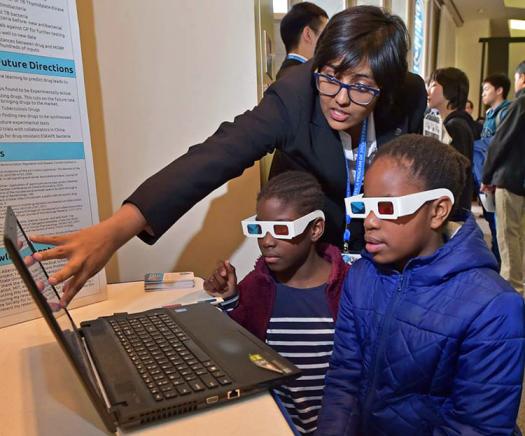
You presented your research on computational biology to President Obama at the White House Science Fair and were also an invited speaker at the White House Ebola Innovator Summit. Tell us about the summit and your speech.
Explaining my research to President Obama was nothing short of surreal. The president had very intelligent questions on my project and its application to drug repurposing and to his precision (personalized) medicine initiative. At one point during the interview, the President called Dr. John Holdren, the science advisor to the President, and asked him to offer me a spot on the President’s Precision Medicine Team. In his later speech in the East Room, the President highlighted the potential of my project to more quickly bring new treatments to market. The White House Science Fair also gave me the opportunity to meet several of the top high school researchers in the country, and form several close friends. The people I met inspired me to make sure I brought my drug discovery system out of the lab so researchers worldwide could use it.
Two weeks later, I was invited to speak at the White House Ebola Innovator Summit, to discuss the applications of my research to quickly finding drugs to deal with outbreaks like Ebola. I applied my algorithm to discover nine new Ebola antivirals, which I made open source for anyone to test given the severity of the disease and need for immediate treatment. At the summit, I had the opportunity to meet key innovators who helped to control the Ebola crisis, including those who created better protective gear for first responders, the CEO of a company developing presymptomatic Ebola diagnosis, and philanthropists funding diagnosis techniques for a wide range of viral fevers. I also met Dr. Hans Rosling, a world renowned statistician from the Karolinska Institute and member of the Nobel committee. Dr. Rosling flew to Liberia during the height of the epidemic in August, because the CDC database reported zero new cases of Ebola while the news reported hundreds of people dying from Ebola every week. Dr. Rosling, Nelson Dunbar, and other members of Liberia’s ministry of public health, were able to build more accurate situational reports to map the spread of the epidemic and send resources to those areas. Their work has been critical in reaching zero cases in Liberia today. I was truly inspired by Dr. Rosling’s selfless acts during one of the most dangerous points in the Ebola epidemic.
What was your most memorable experience at Intel STS?
Definitely a moment after public day at a bowling party. One of the finalists asked why, scientifically, a bowling ball thrown perfectly towards the center suddenly curved before hitting the pins. This question was exactly like one the STS judges would have asked. Another person chimed in with another judgelike question about the science of bowling, and before long, all of us were posing scientific questions. I think this moment stuck with me because I was astounded that in the course of only a few short days, we had gained the mentality of questioning every phenomena around us, and thrown off the stifling intellectual complacency with which we usually look at the world.

Can you provide a description of your Intel STS research project?
Drug discovery currently takes about 10 years and $5 billion to bring a single drug to market, according to Forbes. My research combined artificial intelligence and biochemistry to create a computational drug discovery system that can autonomously predict which drugs are likely to be active against diseases like cancer, tuberculosis, and Ebola. Using my algorithm, I identified four drugs for tuberculosis which were experimentally found to be active in preclinical trials in China. This is pretty exciting, since there hasn’t been a new FDA-approved tuberculosis drug in the past 40 years. I am a freshman and I plan to major in Computer Science in the Biocomputation track. I am also continuing with my research on applying big data analytics to drug discovery targeting intrinsically disordered proteins (IDPs).
Has your involvement in Intel STS influenced you to pursue STEM or promote STEM to others?
Intel STS definitely inspired me to continue to promote STEM to others, especially through public day, when I had the opportunity and pleasure of explaining my project to dozens of students, teachers, seniors, and parents. I saw how science could connect people from all walks of life, through a common wonder at the natural world. I started LITAS to share my passion for computer science, and Intel STS encouraged me to take LITAS further and build it into a national nonprofit.
What is your advice to young people interested in science and math?
My advice would be for all students interested in STEM to pursue a breadth search of all the scientific fields, gaining foundational knowledge. I would encourage them to find the fields in science that interest them the most, and then delve into them further in a depth search. I would advise them to learn as much as they can about what interests them in science, through advanced courses, online classes, experiments, maybe even research. As I said in a TedXRedmond talk I gave a few weeks ago — my advice is to combine your interests and mesh them together, because some of the greatest innovations right now are occurring in the intersections between multiple fields.
